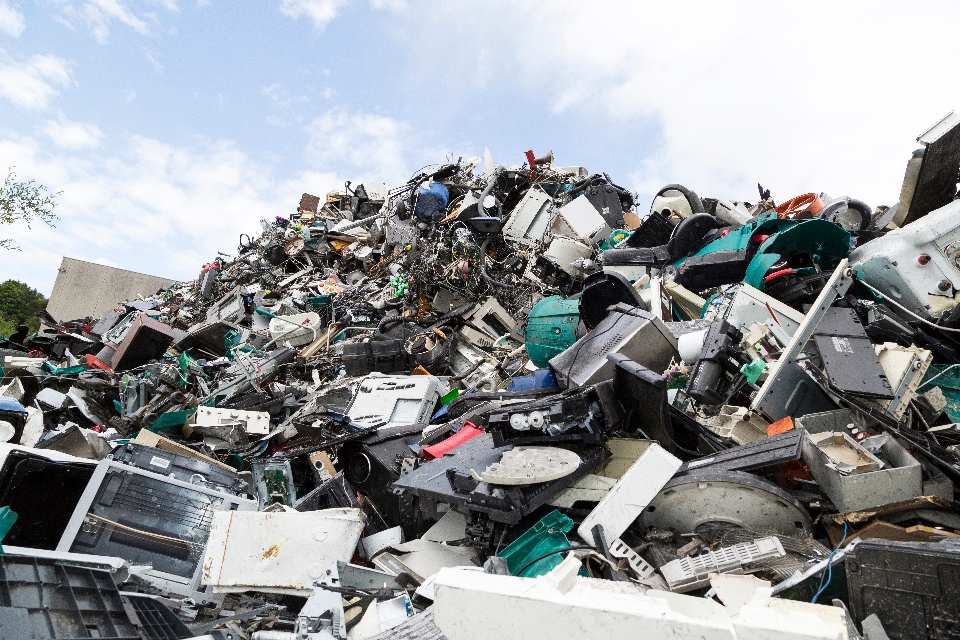
We as consumers don't often think about landfills, but these play a very important role in our day-to-day lives. Every single day, we create all kinds of waste, tossing this and than into a container, periodically cinching-up a bag, and throwing it into a trash bin. It's then hauled away by the local waste collection agency and we never see the contents again. It's transported to a landfill, where it is sorted and then buried, burned, or recycled to keep noxious waste at-bay, and, to be used again in another form.
Because of their various levels of toxicity, landfills are strictly regulated, inspected, and maintained to ensure public safety. That all comes with a price, reflected in different ways, from taxes to utility bills. Put another way, these aren't free to operate, and, you might think twice when you're trying to get rid of old items, working or broken.
What You should Know about Landfills
You might not know that landfills have been around in differing forms for many, many years. These span across decades and are the most common form of trash disposal and transformation in the history of mankind. Unfortunately, for too many of those years, they were not sanitary or environmentally friendly.
Landfills are the oldest and most common form of waste disposal. They are the preferred method of waste treatment because they have fewer costs and manpower requirements than other methods, like incineration and resource recovery. However, There are many problems that arise from using landfills as the preferred method of waste treatment. --Waste Less Thinking
Fortunately, new technology and understanding about materials have contributed greatly to large strides in landfill engineering and management. There are actually four main components to landfills, which include the following:
- Liner. Landfills are engineered to contain a low permeable barrier that prevent seepage of toxins from waste materials. It protects ground reservoirs and can be made of plastic, clay, or other non-porous materials. It works to contain the garbage placed on top of it from winding-up in one form or another, in the surrounding soil and runoff.
- Subsurface soil. Because groundwater is at risk of exposure, proper subsurface soil must be included in the building and maintenance of a landfill. Toxic materials can migrate in many ways, causing contamination that can spread quickly and unchecked. Since these concerns are so great, the Environmental Protection Agency has strict rules and enforcement to help keep the public safe.
- Leachate. Liquid drains from waste materials and is called leachate. It is filled with impurities, toxins, and other chemicals which are harmful. A network of filters and pipes diverts and delivers leachate to nearby water waste treatment facilities. There, it is split into different funnels, where it is tested and purified. It can be then used by consumers, generally for non-potable purposes, like watering lawns and plants.
- Cover. A compressed layer of membrane or clay is laid over landfill waste to prevent it from evaporating into the atmosphere. This also reduces unpleasant odors and allows the waste below to degrade.
Newer landfills capture leachate, use it on-site, and, also capture methane for power purposes.


